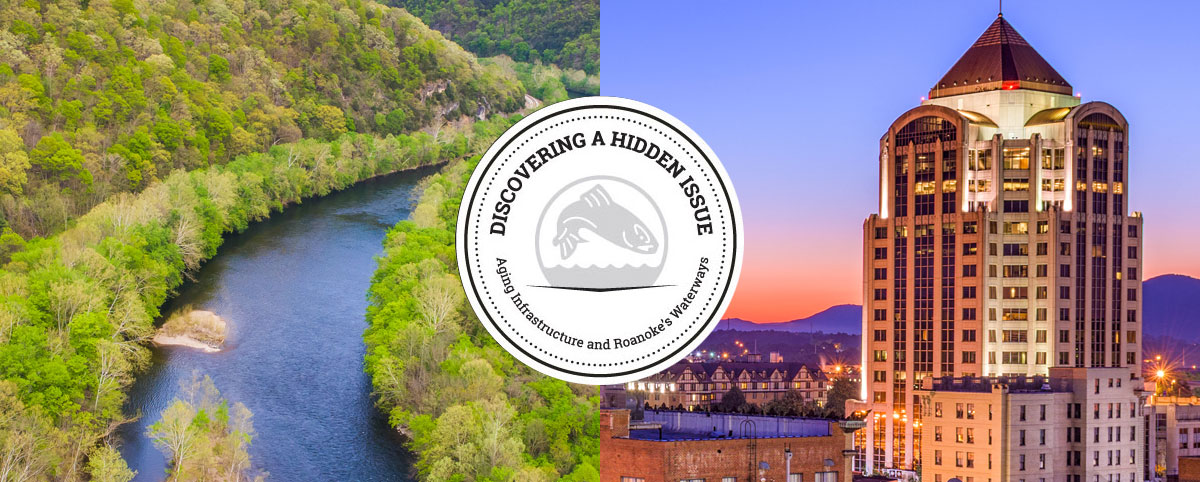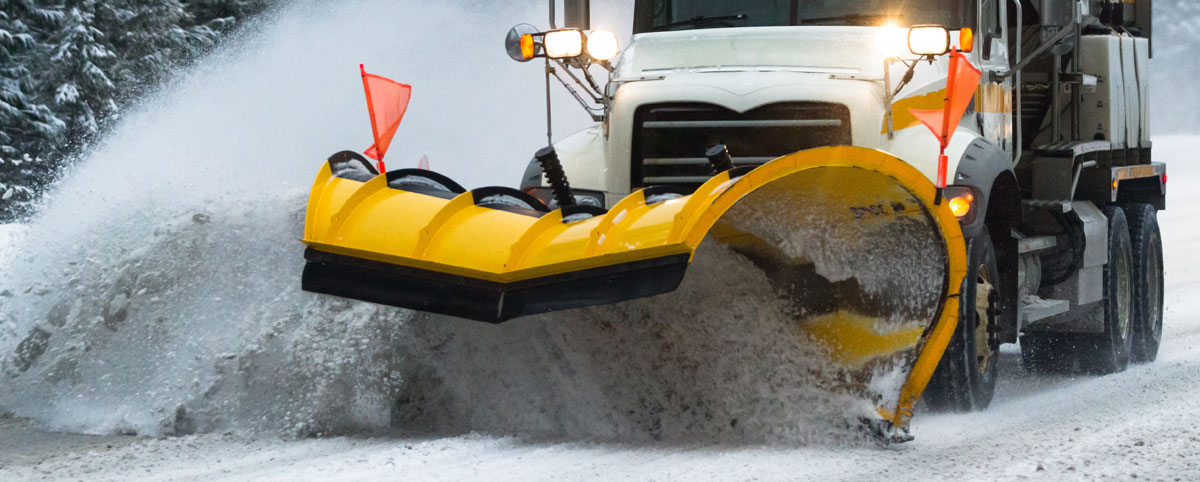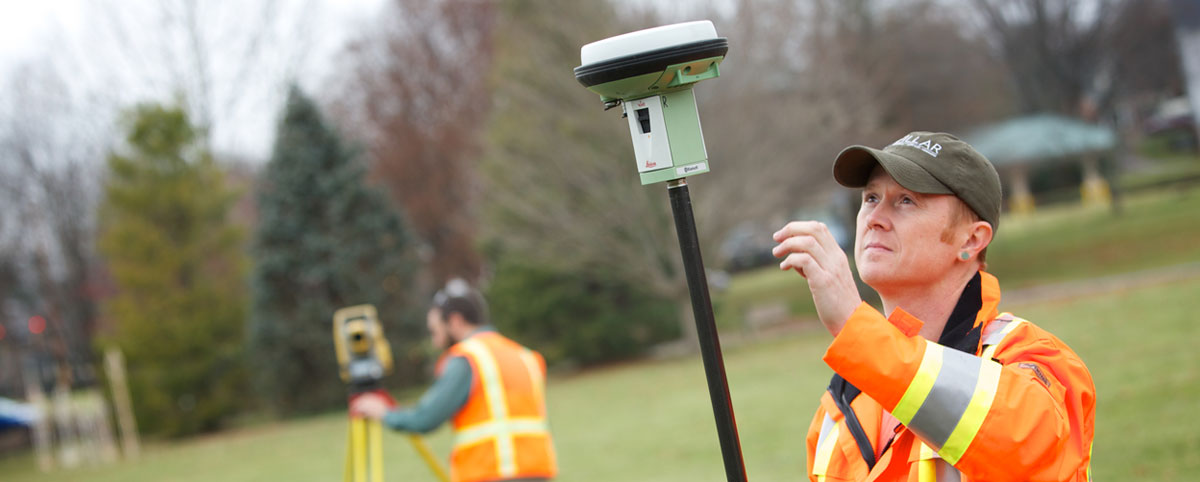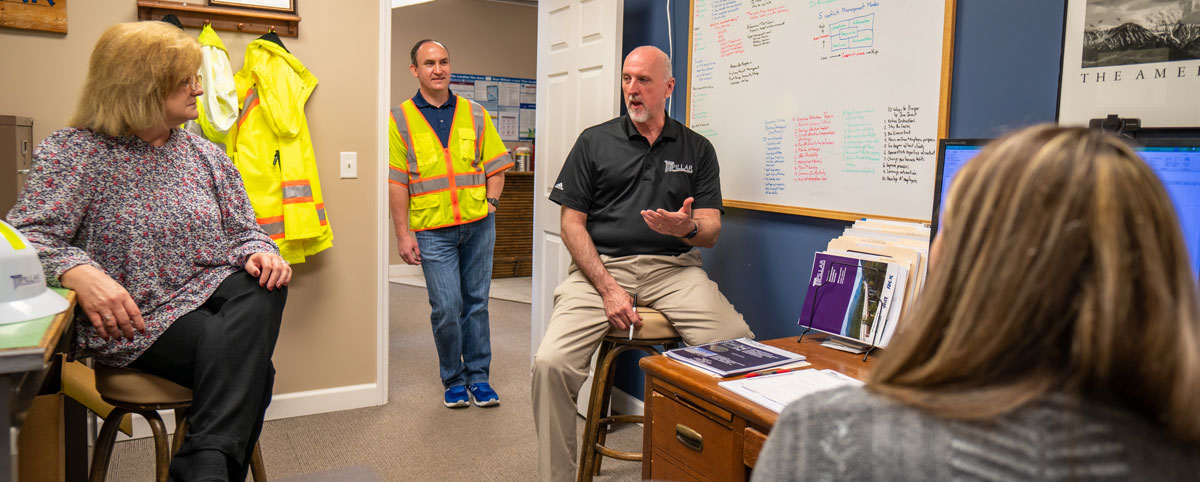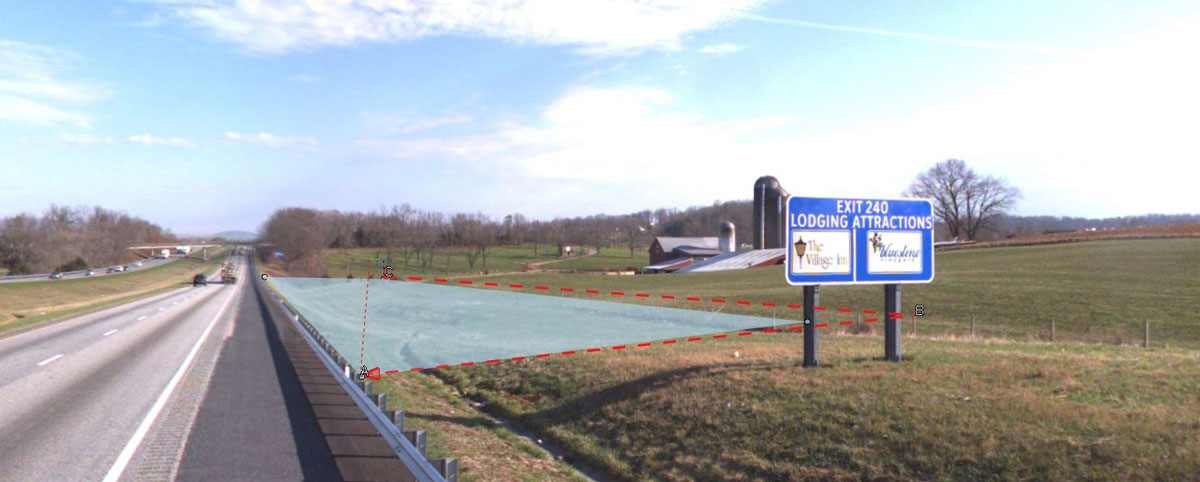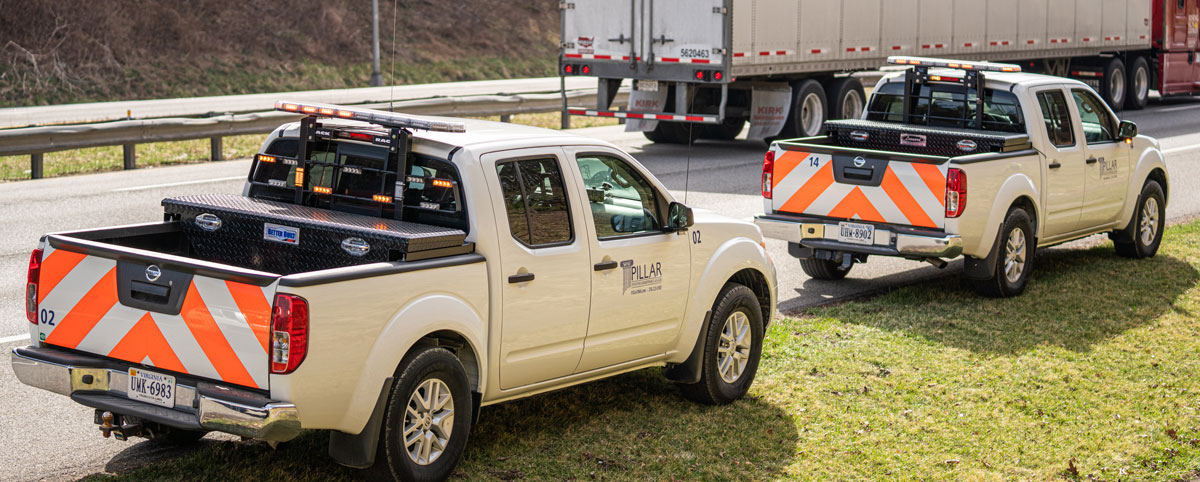After many years in the safety-consulting business, I have heard the loud chorus of employer complaints aimed at “Why do I need to do all this stuff?” To educate the contracting community, here is a brief summary of the Top 10 safety issues for contractors.
10) “No one told me I had to train these guys.”
Correct. You will not receive an engraved invitation from anyone on this topic. However, if you decide to open a construction business, you should be perceptive enough to understand, “There are rules in this game….”
Employer responsibilities for worker safety are actually fairly straightforward and relatively simple to meet. Visit the OSHA.gov page. There are simple tutorials available paid for by your tax dollars. You could also call a local personal-injury law firm. They’ll be glad to advise you.
9) “We are the best at what we do.”
Along with trade proficiency, your employees should also have matching safety skills depending on your line of work. Most large general contractors are increasing the contractor safety program admission criteria to bid their jobs. Just doing the job on time, on spec. and under budget is no longer enough. Proof of safety performance is necessary.
8) “Don’t blame us; we didn’t create that hazard!”
OSHA and VOSH (Virginia’s safety police department) have heard this excuse a lot. They actually have an answer for it called the Multi-Employer Worksite Policy. This doctrine basically holds all contractors on a site accountable if their employees were “exposed” to a hazard. You can be found at fault if you were just near the hazard. Your defense for this allegation is called due diligence and documented communication to the responsible parties about the hazard. In the meantime, if necessary, move your people well out of harm’s way.
7) “He’s my best guy, but he just won’t follow the safety rules.”
This statement is self-contradictory. For a tradesperson to be truly proficient, he or she will understand and adhere to applicable safety practices. You should be highly supportive of that. Your “best person” may need re-education or the exit door. Whether you realize it or not, you have a lot at risk from a rogue actor.
6) “Now my insurance company is pestering me about safety.”
Welcome to the new reality. The insurance company wrote coverage for your operation, therefore it expects you to play by the rules. Even the simplest of claims can turn ugly, so prevention is the preferred avenue of relief. Blatant non-compliance could result in revocation of coverage or big premium increases at renewal. Or you may end up in the assigned risk pool; in which case, you will regret not having done more of this safety stuff.
5) “There was nothing we could have done to prevent the accident.”
Even the most conservative appraisals classify preventable incidents in the high 90th percentile range. Most, if not all, incidents are preventable. Incident prevention is a matter of degree and commitment, but, at the end of the day, there is a simple list of must haves to gain admission. Trust me: With a little effort, you can avoid this stuff. Acts of God notwithstanding.
4) “The cost of doing all this safety stuff will put me out of business.”
When properly understood and applied, safety compliance is actually a small component of doing business. You are either in denial or misreading the safety rules. Yes, the rules can seem voluminous. Once understood, they’re actually not all that onerous.
3) “We have a good track record; we don’t need all this safety stuff.”
This is a commonly heard refrain in the safety business. The translation of this remark is, “We’ve just been lucky, that’s all.”
Reliance on your luck as a substitute for a safety program is ill-advised. Yes, most tradespersons will exercise a healthy degree of caution on the job without you lifting a management finger. But more complex work or even just driving around in the company truck deserves reciprocal attention for the risks involved. If you have employee driver fleet units, you should regularly be preaching defensive-driving practices.
2) “We are not worried about workplace violence; we got that covered.”
Not so fast. There is a lot of liability attached to the issue of workplace violence. A couple of simple maneuvers can help protect your organization and also help educate employees for prevention. We will most assuredly see a lot more emphasis on this in the near future from the authorities. Interestingly, there is currently no OSHA requirement to do anything for violence prevention. However, prudent management should step forward and define the policy and procedure.
1) “I thought all this red tape was going to be reduced.”
OSHA and the DOL may be temporarily underfunded, but the ABA and trial lawyers have the best lobbyists and wealthiest power grid on the planet. You might skate on compliance if your GC and client are sound asleep, but the legal community never rests. At least the safety police will treat you fairly depending on your transgression. Tort law and claim adjusters will be less kind.
Statistically, our population is most at risk from walking or driving to and from work as opposed to on the job. Workplace safety is ingrained into our societal DNA at this point, and regulatory compliance is largely taken for granted.
Business risk management, which includes occupational safety, has long been a monolithic field. That state of slumber is due for an awakening, and it is happening very quickly. We will examine these implications further in a future piece, but in the meantime, for additional reading, check out: www.doli.virginia.gov/vosh_enforcement/vosh_standards.html
This article was originally posted by the Richmond Times Dispatch



